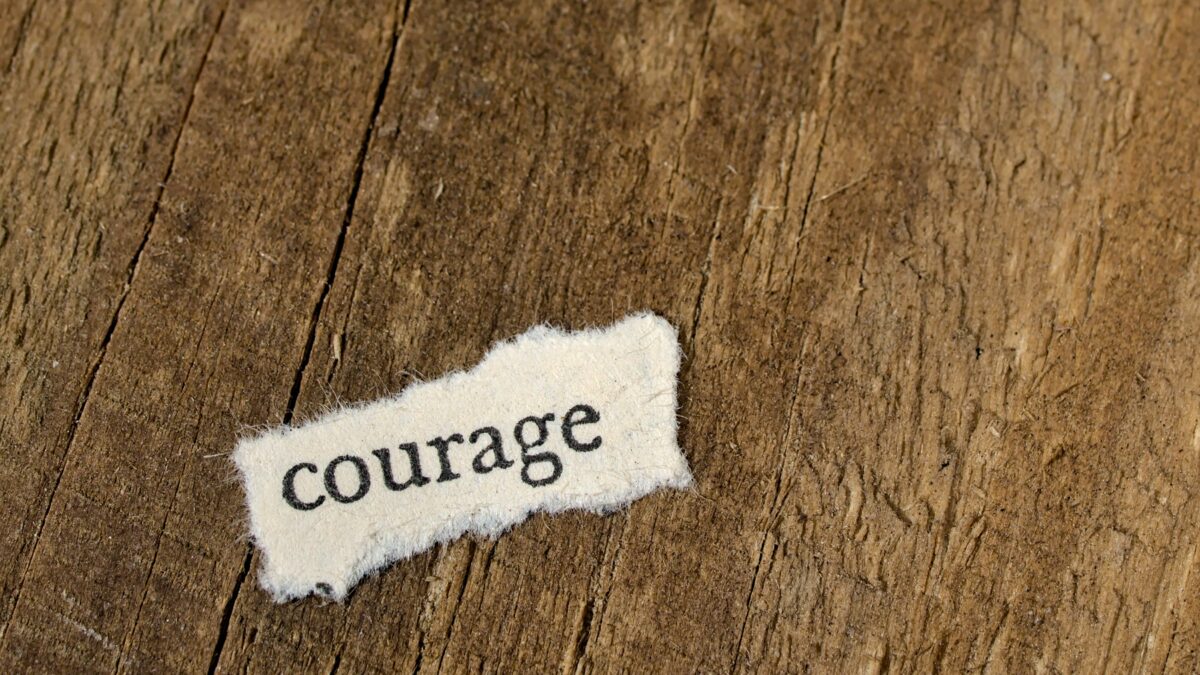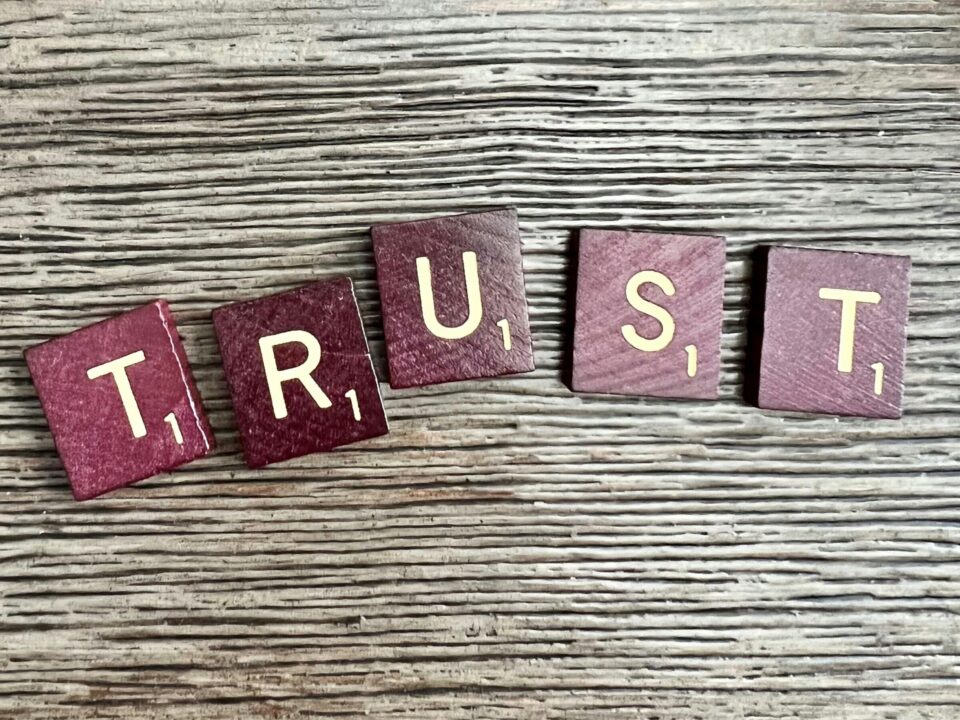
Modern leadership: Mastering the art of influence and persuasion
September 8, 2023
Tips for handling difficult conversations in the workplace
November 7, 2023As we navigate our careers, how well we communicate, work together and express ourselves shapes our path. This blog dives into personal impact, spotlighting assertiveness and cooperation. We’ll look at common behaviours like aggression and passivity, see why they’re not ideal, and discover why assertiveness is the best way to communicate effectively.
What is assertiveness?
‘Assertiveness is an honest and appropriate expression of your feelings, opinions and needs’ according to Hadfield and Hasson. It’s about standing up for yourself and your rights while maintaining an open and respectful attitude toward others. A survey of 500 people, found that 79% of young people (under 35) and 51% of older people (over 45) believe they have missed out at work due to a lack of assertiveness.
Understanding behavioural types
In human interactions, there are four main ways people behave: assertive, aggressive, passive and passive-aggressive. Each of these ways shows how people express their needs, opinions, and feelings. Although you might know about these styles, it’s important to understand how they affect your personal and career growth.
- Aggressive: Forceful communication that ignores others’ perspectives, causing tension and conflicts. It hampers cooperation and teamwork
- Passive: Avoid confrontation and suppressing feelings, which can lead to missed opportunities and unfulfilled potential due to a lack of self-assertion
- Passive-Aggressive: Mixing passivity and aggression, this behaviour subtly expresses negativity, harming open communication and trust in relationships
- Assertive: The standout, assertiveness balances self-expression and respect for others. It encourages healthy collaboration, problem-solving, and career advancement
The power of assertiveness
As previously mentioned by Hadfield and Hasson, assertiveness means confidently communicating without hesitation. But what makes assertiveness so special?
- Clear communication: Assertiveness relies on clear, calm speaking and nonverbal cues. A relaxed voice, steady eye contact, and open body language create an open and receptive atmosphere. You can read more about this in our previous blog about building rapport
- Active listening: Being assertive means listening actively and valuing different views for collaborative solutions. For more tips around active listening, take a look at our previous blog: ‘Building rapport through questioning and active listening’
- Thoughtful words: Careful word choice is key. It ensures your message is inclusive, not confrontational, and invites constructive engagement
- Asking well: Using open-ended questions and gentle prompts shows genuine curiosity, deepening conversations
- Managing limits: Assertiveness involves setting healthy boundaries. This confidence helps in navigating work interactions and fostering personal growth
Overcoming barriers to assertiveness
While assertiveness is a path to effective communication, there are a number of hurdles that can hold you back:
- Early lessons: Childhood warnings about being bossy can hold back assertiveness. Recognising that it’s not the same as aggression breaks this barrier
- Inner doubts: Self-doubt can sabotage assertiveness. Replacing these thoughts with self-confidence is essential
- Anxiety and stress: High stress can hinder assertiveness. Managing these emotions using techniques like mindfulness can help
For extra tips around overcoming procrastination and increasing productivity at work don’t miss our previous blog on this here.
Putting assertiveness into practice
Imagine you’re working on a team project, and there’s a tight deadline approaching. You have a co-worker who consistently misses their deadlines, which puts the entire team’s progress at risk. In an assertive manner, you might approach your co-worker with the following:
“Hi [NAME], I wanted to talk to you about our project. I’ve noticed that we’re getting close to the deadline, and some of your tasks haven’t been completed yet. I understand that things can get busy, but it’s important for us to meet our deadlines so that the whole team can succeed. Can we discuss your timeline and how we can work together to ensure everything is on track?”
In this example, you’re addressing the issue directly and respectfully, expressing your concern about the missed deadlines, and suggesting a collaborative solution. This approach maintains open communication while also advocating for the team’s success. It’s assertive because you’re expressing your viewpoint while being considerate of your co-worker’s perspective.
Final thoughts
Remember that assertiveness isn’t only a skill – it’s a mindset that changes how we interact, encourages teamwork and boosts your career.
Are you ready to work on your assertiveness? Cube Learning and Development delivers tailor-made training and development programmes for your teams along with personal coaching to help with effective communication and presentation. For a no-obligation chat about this and our other training, call Chris Burton on 07879 602002.
Featured image courtesy of unsplash




